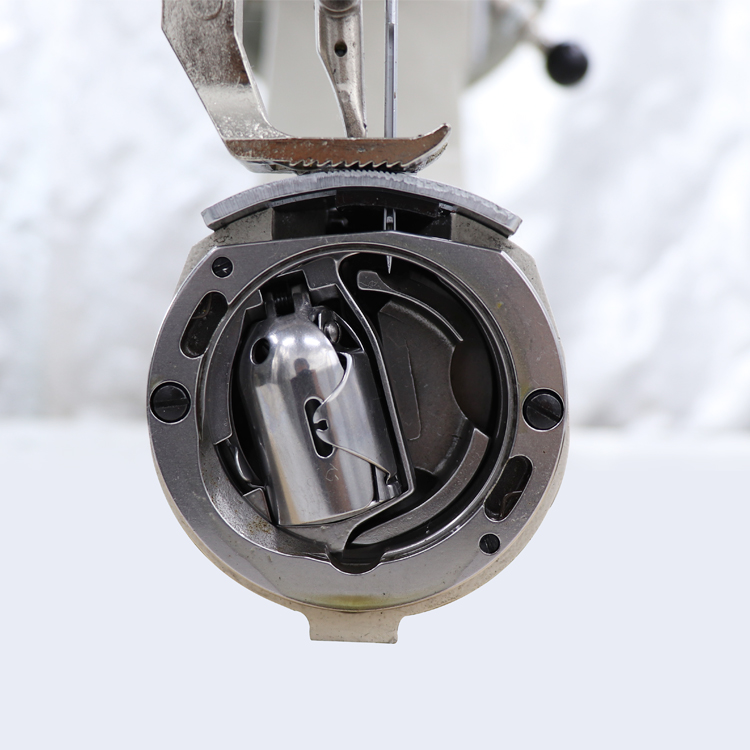what does an overlock stitch look like
Understanding Overlock Stitch What Does It Look Like?
In the world of sewing and garment construction, certain techniques and stitches play vital roles in both functionality and aesthetics. One such stitch that stands out is the overlock stitch, also known as a serger stitch. This stitch is predominantly used for finishing the edges of fabrics to prevent fraying and create a clean, professional-looking seam. But what does an overlock stitch actually look like?
Visual Characteristics
An overlock stitch is recognizable by its distinct appearance, which typically features a series of interlocking threads that encase the raw edges of the fabric. This stitch is commonly created using a serger sewing machine, which utilizes multiple threads—usually three or four—to help create a strong and flexible seam. The thread colors can vary, leading to either a subtle blend with the fabric or a contrasting look, which can be aesthetically pleasing depending on the garment's design.
When observing the front side of an overlocked seam, you'll notice several parallel lines of stitching that run along the fabric's edge. These lines are often spaced closely together, giving a neat and tidy appearance. On the reverse side, the overlock stitch reveals a different pattern—loops of thread that extend over the edges of the fabric. This looping not only reinforces the seam but also provides flexibility, allowing the fabric to stretch without compromising its structure.
Functionality and Use
what does an overlock stitch look like

The main purpose of the overlock stitch is to finish seams efficiently while preventing fabric from fraying. This is particularly important for knit or stretchy fabrics, where raw edges can easily unravel. The stitch itself is designed to cope with the unique qualities of these materials, allowing for durability and comfort in the finished garment.
In addition to preventing fraying, the overlock stitch can also be used to join fabrics together. When sewing knits or lightweight fabrics, the overlock stitch provides a seam that can withstand the fabric's stretch, making it ideal for t-shirts, leggings, and other fitted garments. Its ability to provide both function and style is what makes it a favorite among seamstresses and tailors alike.
Conclusion
In summary, the overlock stitch is not just a practical solution for finishing fabric edges; it is also an essential technique for ensuring the longevity and flexibility of seams. With its visually appealing design characterized by interlocking threads and looping structures, this stitch is a hallmark of quality in garment construction.
Whether you are a seasoned tailor or a novice crafter, understanding what an overlock stitch looks like will enhance your sewing skills. By utilizing this technique, you can elevate your projects, adding both strength and finesse. So, the next time you work on a sewing project, keep an eye out for the beauty of the overlock stitch—it’s a stitch worth mastering.
-
Industrial Cylinder Arm Sewing Machine: Revolutionizing Heavy-Duty SewingNewsJul.28,2025
-
Cylinder Arm Sewing Machine: Perfect for Special Sewing ApplicationsNewsJul.28,2025
-
Cylinder Bed Sewing Machine: Essential for Sewing Complex MaterialsNewsJul.28,2025
-
Heavy Duty Sewing Machine: The Essential Tool for Industrial ApplicationsNewsJul.28,2025
-
Computerized Pattern Sewing Machine: Revolutionizing Precision StitchingNewsJul.28,2025
-
Heavy Duty Industrial Sewing Machine: Power Meets PrecisionNewsJul.28,2025
-
Leather Sewing Machine: The Industrial Standard for Tough MaterialsNewsJul.18,2025





























